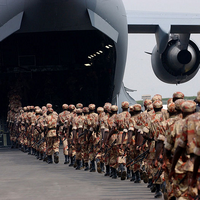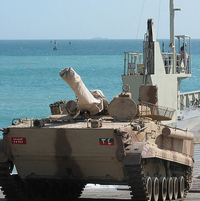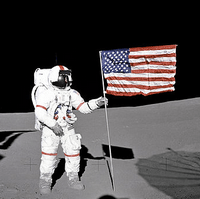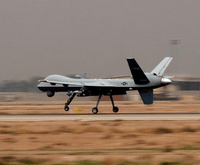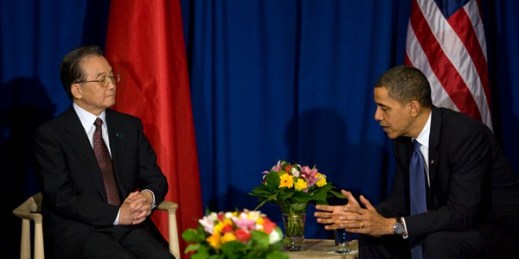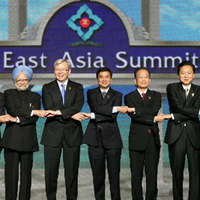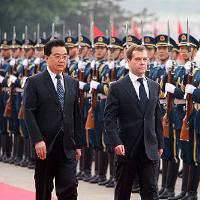
Perhaps the most surprising feature of the protracted crisis in Kyrgyzstan is what has not happened: Neither of Eurasia’s two preeminent regional security institutions, the Collective Security Treaty Organization (CSTO) and the Shanghai Cooperation Organization (SCO), have coordinated a military intervention in that country. The mass protests, deaths, and refugee crisis involving perhaps 1 million people has represented one of the most acute challenges to Eurasian stability in the history of either organization, both of which were founded almost a decade ago. In mid-June 2010, the Kyrgyz interim authorities even directly appealed for Russian military intervention on their behalf, but […]

